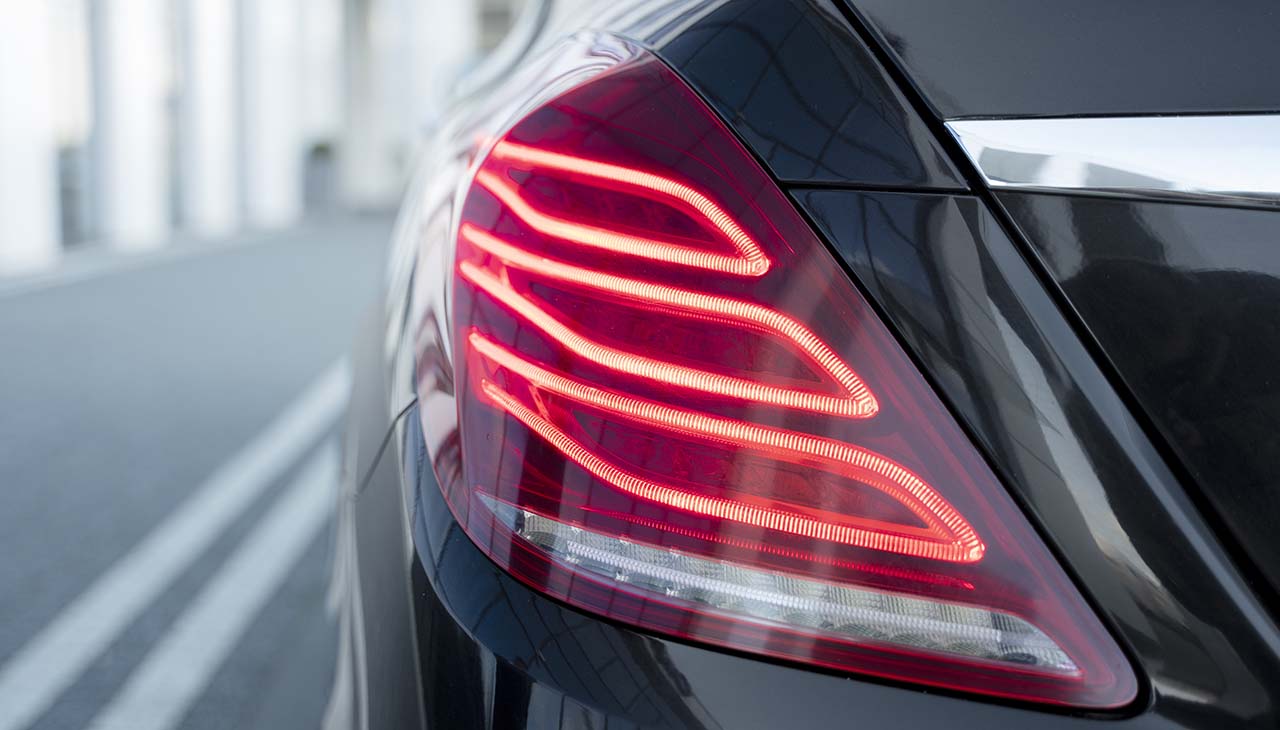
The annals of automotive history are rich with tales of rivalry that have fueled not just intense competition on the racetrack, but also leaps in engineering innovation and design. Iconic sports car rivalries epitomize the relentless pursuit of performance, speed, and prestige. They have pushed manufacturers to the zenith of mechanical prowess, resulting in some of the most revered vehicles that enthusiasts and collectors cherish to this day. From the timeless duel of Ferrari vs. Lamborghini to the fierce contest between Ford and Chevrolet, these rivalries have shaped the identity of brands and have captured the imaginations of car fans around the world.
Ferrari vs. Lamborghini
Historical Background of the Rivalry
The rivalry between Ferrari and Lamborghini is not just legendary; it’s personal and storied, emerging from a dispute between Enzo Ferrari and Ferruccio Lamborghini. Lamborghini, originally a manufacturer of tractors, had approached Ferrari with feedback on his personal Ferrari’s clutch—a critique that was not well received by Ferrari. This snub led Ferruccio to pursue the creation of what he considered to be the superior sports car, commencing one of the most storied rivalries in the automotive world.
Technological Advancements Driven by the Competition
As a direct result of this rivalry, both companies have continuously pushed the technological boundaries of what’s possible. The competition has led to advancements in carbon fiber technology to reduce weight, the development of cutting-edge aerodynamics, and the relentless pursuit of engine performance enhancements, including the adoption of turbocharging and hybrid powertrains to boost power and efficiency. Such innovations did not just influence Ferrari and Lamborghini; they also set new standards for the entire sports car industry.
Influence on Design and Performance Innovations
The fierce competition has had a profound impact on design philosophies and performance benchmarks. Both marques have strived to outdo each other not just in terms of horsepower and top speed, but also in the realm of aesthetic appeal and driving dynamics. Lamborghini’s commitment to bold, angular designs and Ferrari’s adherence to sleek, flowing lines have both become iconic design languages that have inspired countless other vehicles. The performance aspect, too, has seen records being broken and new milestones set, as each brand pushes to claim the crown of the ultimate sports car.
Porsche vs. McLaren
Evolution of the Rivalry Over Time
The rivalry between Porsche and McLaren can be traced back to their racing heritages and the transition to street-legal supercars. Throughout the decades, this competition has seen numerous ups and downs, with both companies alternating between collaboration and contention. Track successes frequently informed the design and technology of production models, as both Porsche and McLaren sought to leverage their motorsport pedigree to appeal to discerning customers and enthusiasts seeking the pinnacle of performance.
Engineering Breakthroughs Resulting from the Competition
Over the years, the Porsche vs. McLaren rivalry has been a crucible for technological innovations. In their bid to outperform one another, both automakers have made significant advancements in the areas of powertrain development and chassis engineering. For example, Porsche’s development of the 918 Spyder showcased a sophisticated hybrid system that changed perceptions of hybrid technology in performance vehicles. Meanwhile, McLaren’s relentless pursuit in harnessing cutting-edge materials such as carbon fiber monocoques has greatly influenced the industry, making lightweight construction synonymous with high performance.
Impact on Aerodynamics, Materials, and Drivetrain Technology
The competition between Porsche and McLaren has continually raised the bar in automotive aerodynamics, materials science, and drivetrain technology. Porsche’s expertise in producing aerodynamically-efficient cars with active systems to optimize downforce and stability is a direct response to the challenges posed by competitors like McLaren. Similarly, McLaren’s focus on carbon fiber usage has prompted Porsche to also invest in advanced materials for reducing vehicle weight and increasing rigidity. Both companies have also been at the forefront of drivetrain innovations, with Porsche refining its turbocharging techniques and McLaren pioneering seamless-shift gearbox technology — each pushing the envelope of what’s possible in automotive performance.
Ford vs. Chevrolet (Corvette vs. Mustang)
Long-standing Rivalry between American Automotive Icons
The showdown between Ford and Chevrolet epitomizes the classic American muscle car rivalry, particularly between the icons: the Ford Mustang and the Chevrolet Corvette. This competition dates back to the 1960s, where it began as a battle for supremacy in power and performance at an affordable price point. Over the years, this rivalry has grown into a cultural phenomenon, capturing the hearts of enthusiasts and spawning a rich legacy of American automotive excellence. Each model has cultivated a devoted fan base, fiercely loyal to their brand of choice and quick to tout the supremacy of their preferred vehicle.
Competitive Innovations in Powertrain and Handling
Both Ford and Chevrolet have leveraged this rivalry to drive significant innovations in powertrain technology and vehicle handling. Ford’s development of robust V8 engines and their iconic Shelby models have delivered staggering horsepower and torque numbers. Chevrolet’s response has been equally formidable, with the Corvette evolving from a stylish cruiser to a formidable track weapon, thanks in part to advancements in engine performance and the quest for optimized handling dynamics. Magnetic Ride Control and the introduction of mid-engine layout in the latest Corvette are prime examples of Chevy’s commitment to handling excellence.
Influence on High-Performance Street and Track Vehicles
The legacy of the Ford vs. Chevrolet rivalry extends beyond the Mustang and Corvette, influencing the broader market of high-performance street and track vehicles. The advancements spurred by this competition have trickled down to other models and even influenced other manufacturers to pursue their versions of accessible performance. The push for more power, better handling, and refined driving experiences in muscle cars have undoubtedly set the stage for many high-performance vehicles that we see today, offering an exhilarating blend of speed, agility, and American ingenuity.
